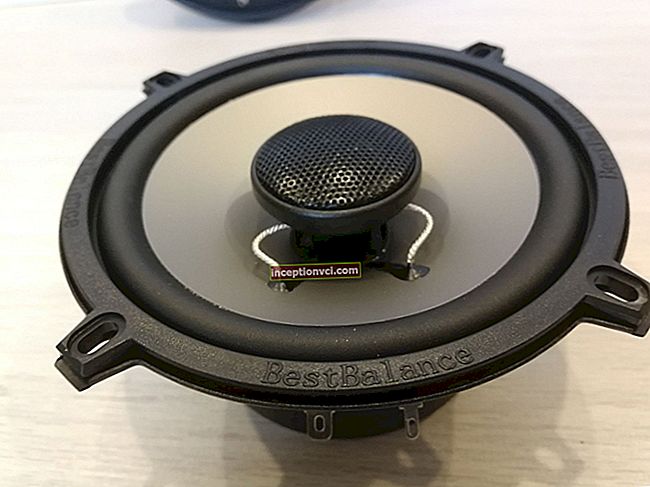The “recipe for happiness” for an orchid is simple: create eternal summer, diffused sunlight and moisture for it. This is facilitated by two conditions.

Lighting
Orchids cannot stand direct sunlight, but they also dislike deep shade. The best place for them is the windows to the west and east. Daylight hours for an orchid should last, on average, 12 hours. So from September to March, you will have to illuminate the flower with a lamp, and the rest of the time you will have to shade it with blinds, curtains or film on the window.
Air temperature
Orchids are afraid of drafts and hot air from batteries. Different types of flowers require a special temperature regime:
- for phalaenopsis, dendrobiums and cattleya, the optimal daytime temperature is 25-32 ° C and 18-20 ° C at night;
- odontoglossums, miltonia and other mountain species enjoy the day at 20-22 ° C, and at night 15-18 ° C;
- dendrobiums, laelias, papiopedilums feel better at 19-22 ° C during the day and 15-18 ° C at night.
How to transplant an orchid and when
Repot your orchids every one to two years. The best time to transplant is in spring, when the plant is growing.

- Free the roots of the plant from the old flowerpot by cutting or gently breaking.
- Examine the roots, rinse and dry. Remove rotten or dried ones with a knife, pruner or scalpel calcined on a fire. Powder fresh cuts with cinnamon powder, activated charcoal or charcoal.
- Place the plant in a pot of prepared substrate, spreading out the roots and lightly covering them with the mixture. If the plant has a corm, it should protrude above the surface of the soil.
- When replanting, place a piece of Styrofoam under the base of the stem. It "pulls" water towards itself and dries out quickly. Orchids will not suffer from excess moisture after watering.
- Place the transplanted plant in a beautiful planter or decorative pot for eye candy.
- Move it to a shaded place for a week and do not water it this time to adapt.
What kind of pot is needed for an orchid?
Transplanting your orchids into a clay or ceramic pot of soil is not a good idea. The plant will die due to root decay. In natural conditions, the orchid grows on trees and uses the roots for photosynthesis. It is fueled by water when tropical rains fall.
Ideal utensils for transplanting are boxes made of wicker rods or boxes knocked out of wooden slats with large slots. The third option is a special transparent plastic orchid pot. Drill more holes in the bottom and sides of the pot so that the roots are well ventilated. Drainage from perlite or fine gravel should occupy at least a third of the height of the flowerpot.

In what soil should the orchid be transplanted?
A tropical beauty does not "live" in the earth. The best natural planting substrate is a mixture of pine, aspen or oak bark, charcoal and crushed fern roots. It's better to buy such a crumb in the store. Or prepare the soil yourself.
- Boil large pieces of bark to neutralize harmful tar and get rid of the worm beetles living in it.
- Boil for half an hour, drain the water. Then boil it again in another water.
- Dry the bark and the soil is ready. Add moss, peat, pieces of chalk or foam crumbs as desired.
How to water an orchid
The principle is simple: it is better not to top up than to pour. Orchids easily tolerate dry roots, but excess moisture will destroy them.
It is best to water the flower with melt or rain water. Filter and defend tap water. Its temperature should be 3-5 degrees above room temperature.
Determining the need for watering is easy. Three signs will help you navigate.
- If there is condensation inside, do not water, even if the roots seem dry to you.
- Greenish roots do not require moisture, grayish-yellow ones need to be watered.
- Stick a wooden skewer inside the pot as if checking to see if the cake is baked. Soak it in the ground for two hours, then remove it. If the stick is dry, water it.
How to properly water a blooming orchid
- Place the pot with the plant in a bowl of water for half an hour.
- Spray on orchid leaves, but only on the underside of the leaf. Water should not get into the outlet so that the plant does not rot.
- Do not drip water on the flowers, otherwise stains may appear on the petals.
Orchid care during and after flowering
In the wild, the "mechanism" of orchid beauty is fine-tuned like clockwork: the buds bloom when there is a drought in the tropics. If it does not bloom for a long time, then you are not taking good care of it and watering it often. It is important that the flower is in bright, diffused light. It grows in the shade, but does not bloom.
Don't oversaturate your orchids with fertilizers. Feed after two to three weeks during flowering or when you notice that a leaf is growing. If you water every two weeks, and the orchid stubbornly does not bloom, stimulate it to bloom: water even less often.
After the petals fall, do not rush to remove the peduncle until it dries up - there may be dormant buds on it, which will give new flowers or "babies". Trim it, but leave 2-3 cm above the cut so that the kidney does not dry out.
Tip: "5 ways to water flowers while on vacation"
See life hack how to make a flower pot from old records









